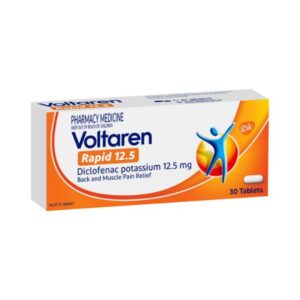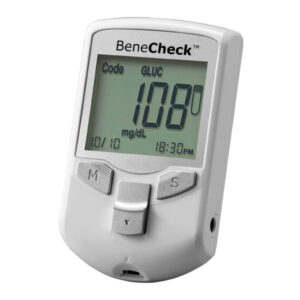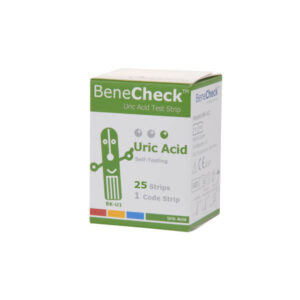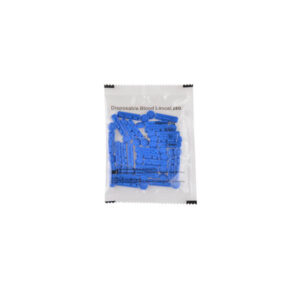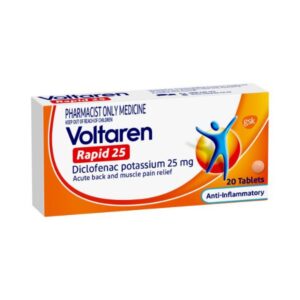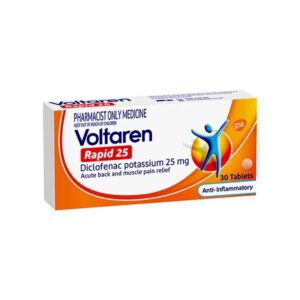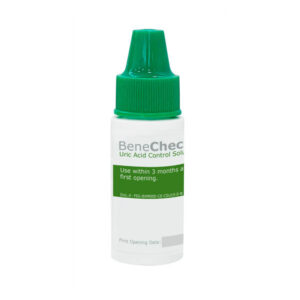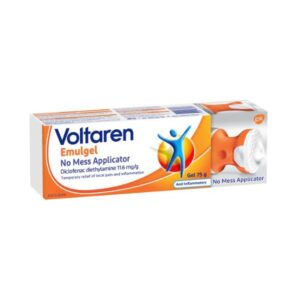
- 0508 966 622
- help@zoompharmacy.co.nz
- Mon - Fri: 8:30 - 16:00
When people think they may have gout, they will generally ask themselves – what is the leading cause of gout, and the image of burning pain in the joints will usually cross their minds!
Gout is a common disease that affects a large proportion of the population, and New Zealand has one of the highest rates of gout compared to other countries. However, while gout is a condition that does indeed affect the joints, it can be much more debilitating, and harmful consequences can result from leaving gout untreated.
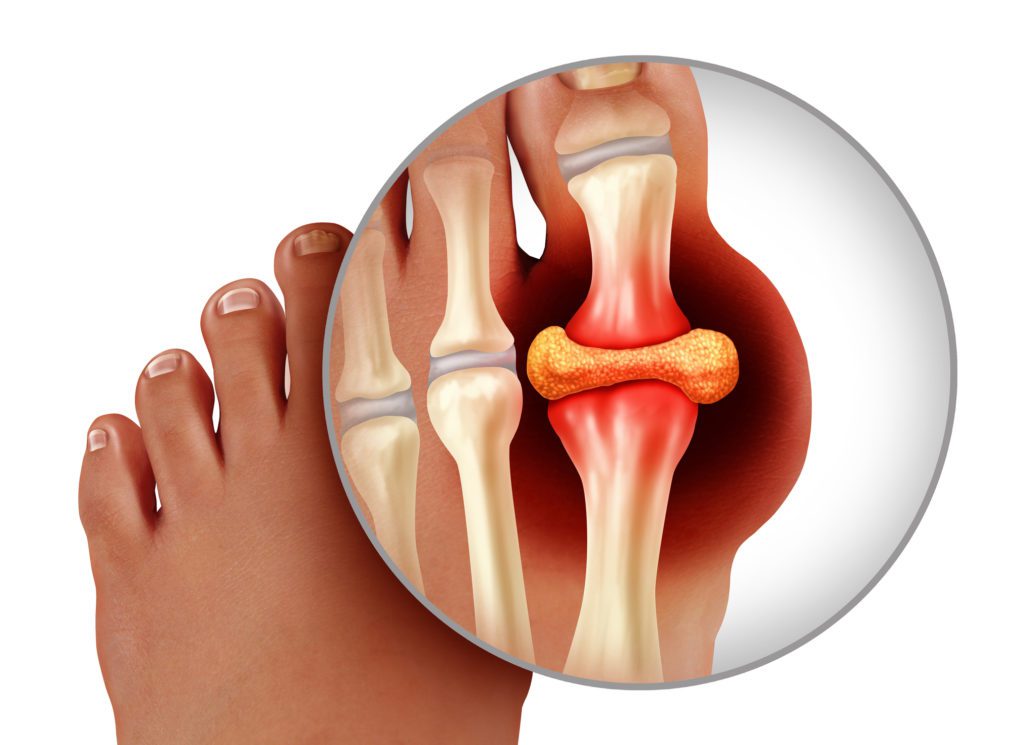
The cause of gout is often due to various reasons that include co-existing medical conditions, lifestyle, and genetic makeup.
Treatment options for gout need to be individualised and can be as complex as the disease itself. You, your family or whānau, and your doctor should discuss treatment options to optimise health outcomes and improve your quality of life. It would be best if you did not stop prescription long-term gout medicines suddenly without consulting a doctor or pharmacist, and continuous reviews to monitor the disease should occur regularly.
Gout is an arthritic disease that commonly affects the toes, knees, elbows, wrists and fingers, caused by uric acid (also known as urate) building up in the blood. Uric acid is a waste product formed when the body breaks down cells and foods rich in chemicals called purines. Usually, the kidneys filter out the excess uric acid from the body in urine. However, when uric acid levels are too high, the kidneys may not be able to flush out this chemical fast enough. When the kidneys cannot excrete excess uric acid, this product can accumulate inside the body.
Over time, this buildup of uric acid can lead to crystals forming in the joint. The crystals are sharp and needle-shaped, causing swelling and joint pain. Gout attacks often occur during the night, and the pain can be so intense that even bedding over the area causes significant discomfort. Most gout attacks resolve within five to ten days if untreated. In some rare cases, they can continue for weeks.
The consequences of poorly managed or untreated gout can be severe. One example of this is the development of tophi. These appear as lumps near the skin’s surface and result from uric acid crystals accumulating in the body. Gouty tophi can be extremely painful, leading to joint injury and chronic discomfort, which can negatively affect the quality of your life.
As well as causing severe problems in joint mobility, poorly controlled gout increases the risk of kidney stones and kidney damage resulting from uric acid crystals building up in the kidneys. Another repercussion of untreated gout can include cardiovascular complications arising. There have also been connections between gout and other comorbidities such as obesity, diabetes, thyroid dysfunction, lung disease and depression.
It is essential to point out that the traditional belief that gout is a lifestyle disease exclusively brought on by years of poor food choices is a misconception. While an unhealthy diet can cause uric acid buildup in the body, more than 80 % of high uric acid levels in gout patients are a combination of genetics, excess body weight and reduced kidney functions. People of Māori and Pasifika descent are at a greater risk of having higher uric acid levels in the blood. Other risk factors include
Eating a diet consisting of large amounts of purine-rich foods increases uric acid levels. These foods include liver, meat, and seafood. However, you must not forget that gout is not a disease caused by one factor. Instead, its cause is multifactorial, and when discussing treatment options, you should consider this.
Your doctor can diagnose gout by performing blood tests and reviewing symptoms experienced. Gout is treatable, and after a correct diagnosis, treatment options can be discussed with your doctor and initiated.
Treatment with medicines is divided broadly into acute pain management and long-term prevention of further gout attacks by keeping uric acid levels low. When deciding on a treatment plan, your health circumstances need to be evaluated, including identifying comorbidities or concerns such as diabetes, heart disease, kidney impairment and allergies to medicines. Discuss with your doctor and agree on a care plan before initiating treatment with any new medication for successful disease management.
When a gout attack or ‘flare’ occurs, you should rest and elevate the affected joint. You may use ice packs to help relieve some of the pain. You should contact your doctor as soon as possible to consult and have pain medication prescribed. Medicines purchased from the pharmacy without a prescription, such as paracetamol, may not be strong enough to provide adequate pain relief in an active gout attack.
You can treat gout flares successfully with non-steroidal anti-inflammatory products (NSAIDs) such as naproxen, ibuprofen or diclofenac. Other medications used to treat gout flares include colchicine and prednisone, and these should be taken at the first sign of a gout attack and continued until pain symptoms subside. Your doctor may also administer corticosteroid injections in some cases. However, continuous use of these analgesics for pain relief is not ideal. The focus should be on preventing gout attacks from recurring in the future.
Your doctor may prescribe long-term gout medication if you experience more than two gout attacks in a year. Examples of treatments available in New Zealand include allopurinol, probenecid and febuxostat. These medicines help lower uric acid levels in the body.
The target serum uric acid level would be less than 0.36 mmol/L for most people. In people with severe gout, this target level may be lower. Allopurinol is the first-choice agent for most people. Probenecid or febuxostat may need to be taken instead of or in addition to allopurinol. The severity of the gout condition or hypersensitivity towards allopurinol will alter the treatment plan. During the first few months of starting treatment with uric acid lowering medicines, there is a risk of a gout attack being triggered.
To prevent a gout flare, temporary agents such as naproxen, colchicine or prednisone may be co-prescribed early. However, once uric acid lowering medicines have been started, they should not be stopped, even if a gout flare does occur. Uric acid-lowering treatments should continue, and you should treat the gout flare with temporary agents to provide pain relief. If there are any concerns, talk to your doctor or a ZOOM Pharmacy pharmacist for advice.
Once the initial gout attack subsides and the condition is under control, it may be tempting for some people to cease drug treatment completely. Long-term gout medicines require consistency, even when no active gout attack occurs. Regular medicine adherence ensures uric acid levels in the body remain low to prevent crystals from forming in the joints. Stopping uric acid lowering medicines can trigger a gout flare even if a long period has elapsed since the last attack.
For many people, genes play an active role in increasing serum uric acid levels. Hence, lifestyle modifications alone are not enough to prevent these levels from rising. Taking uric acid lowering medicines long-term can be beneficial as they can help reduce the risk of cardiovascular events such as heart attack. Continuing long-term gout treatment can also help slow down the deterioration of kidney function and prevent kidney failure. It would be best if you did not stop medicines suddenly without consulting a doctor or pharmacist first.
While lifestyle modifications alone are not sufficient in treating gout, they are an essential aspect of disease management. People who are overweight are more likely to have increased serum uric acid levels due slower removal of uric acid from the body.
Non-drug treatments may include weight loss for these people. Irregular eating and skipping meals can trigger a gout attack. Doctors and nutritionists may also advise dietary changes. These include avoiding full-fat dairy products and foods that contain large amounts of artificial sweeteners, such as fizzy drinks. It would be best if you also avoided overconsumption of purine-rich foods. Some foods with a high purine content include seafood, venison, rabbit, liver, kidney, heart, sweetbreads, Marmite, Bovril and commercial gravy. Substituting meat products with foods such as beans, peas, lentils and tofu may be helpful. Drinking lots of water (around six to eight glasses a day) while limiting alcohol consumption is recommended, especially beer which is also high in purine content.
Successful management of gout stretches beyond simply emphasising to patients to adhere to drug treatment. Continuous reviews with the doctor need to happen every 6-12 or six to twelve months after stabilisation of uric acid lowering treatment. Uric acid levels can rise insidiously without monitoring and blood tests and trigger a sudden gout attack.
You must not stop monitoring for serum uric acid levels to stay within the target amount, even after gout symptoms are well controlled. You should take a blood sample at least once or twice a year to check uric acid levels. Reviews with the doctor also provide an excellent opportunity to manage other risk factors. Examples of these factors are heart disease, signs of declining kidney function, unstable blood sugar levels and high blood pressure.
Gout is a disease that can lead to serious health problems if proper treatment is not provided. Symptoms can begin as joint pain in different parts of the body, and these flares can worsen over time; and high uric acid levels can cause other illnesses such as kidney and heart disease.
While genetics can affect uric acid levels in the body, it is essential to remember that gout is rarely caused by one factor. It is often a myriad of factors, including comorbidities such as existing kidney or heart problems, being overweight, increasing age and taking different medications. Consuming a diet high in purine content and alcohol can also contribute to uric acid levels rising in the body and disease progression.
Drugs used to manage gout can be categorised as pain relief medicines and long-term uric acid lowering agents. Gout treatment is a long-term process, and patients must not stop taking any medications without consulting their doctor or pharmacist beforehand. In addition, doctors should continuously monitor patients’ uric acid levels and review medications in response to how the disease is presenting. Patients and whānau can achieve the best health outcomes when included throughout this process.
